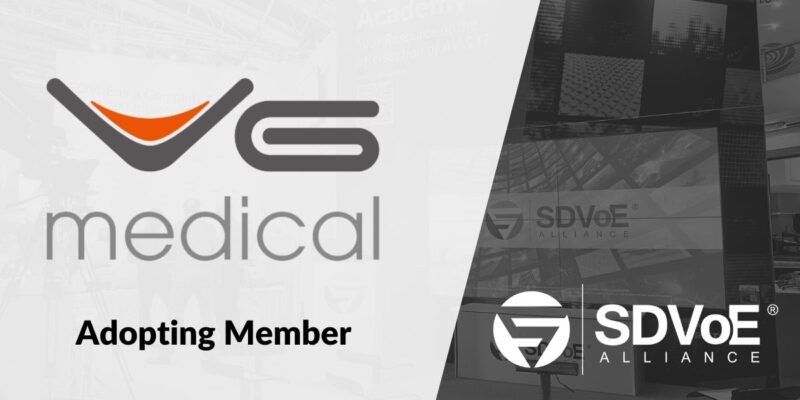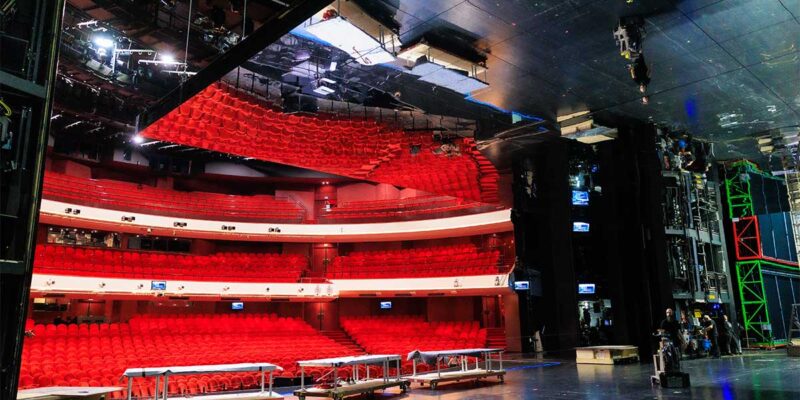Liberty AV Solutions Joins SDVoE Alliance as Adopting Member
 The SDVoE Alliance announced that Liberty AV Solutions has joined the alliance as an adopting member. The company will work toward the organization’s goals of standardizing the adoption of Ethernet to transport AV signals in professional AV environments. It will also work to create an ecosystem around SDVoE technology that allows software to define AV applications.
The SDVoE Alliance announced that Liberty AV Solutions has joined the alliance as an adopting member. The company will work toward the organization’s goals of standardizing the adoption of Ethernet to transport AV signals in professional AV environments. It will also work to create an ecosystem around SDVoE technology that allows software to define AV applications.
“We look forward to working with the other members of the alliance and system integrators who can take advantage of our complete range of SDVoE hardware, bulk wire and cable, premade cables, bulk and premade fiber, connectors, adaptors, plates and panels, tools and electronics in their SDVoE system deployments,” Kevin Peterman, director of product management/development at Liberty AV Solutions, said. “We are also launching an industry-leading software designed to complement the SDVoE hardware by making systems easy to deploy and providing all of the information the commissioning individual needs. System configuration, system control, and analytics reporting will all be part of this new platform.”
“Strong partners like Liberty ensure that we can meet the needs of our collective customers for high-performance, reliable and cost-effective AV-over-IP network installations in all the markets we serve — from education, healthcare, enterprise and entertainment to government, military-industrial and control room applications,” Justin Kennington, president of the SDVoE Alliance, said.
All AV distribution and processing applications that demand zero-latency and uncompromised video can benefit from SDVoE technology, which provides an end-to-end hardware and software platform for AV extension, switching, processing and control through advanced chipset technology, common control APIs and interoperability. SDVoE network architectures are based on off-the-shelf Ethernet switches thus offering substantial cost savings and greater system flexibility and scalability over traditional approaches such as point-to-point extension and circuit-based AV matrix switching.





